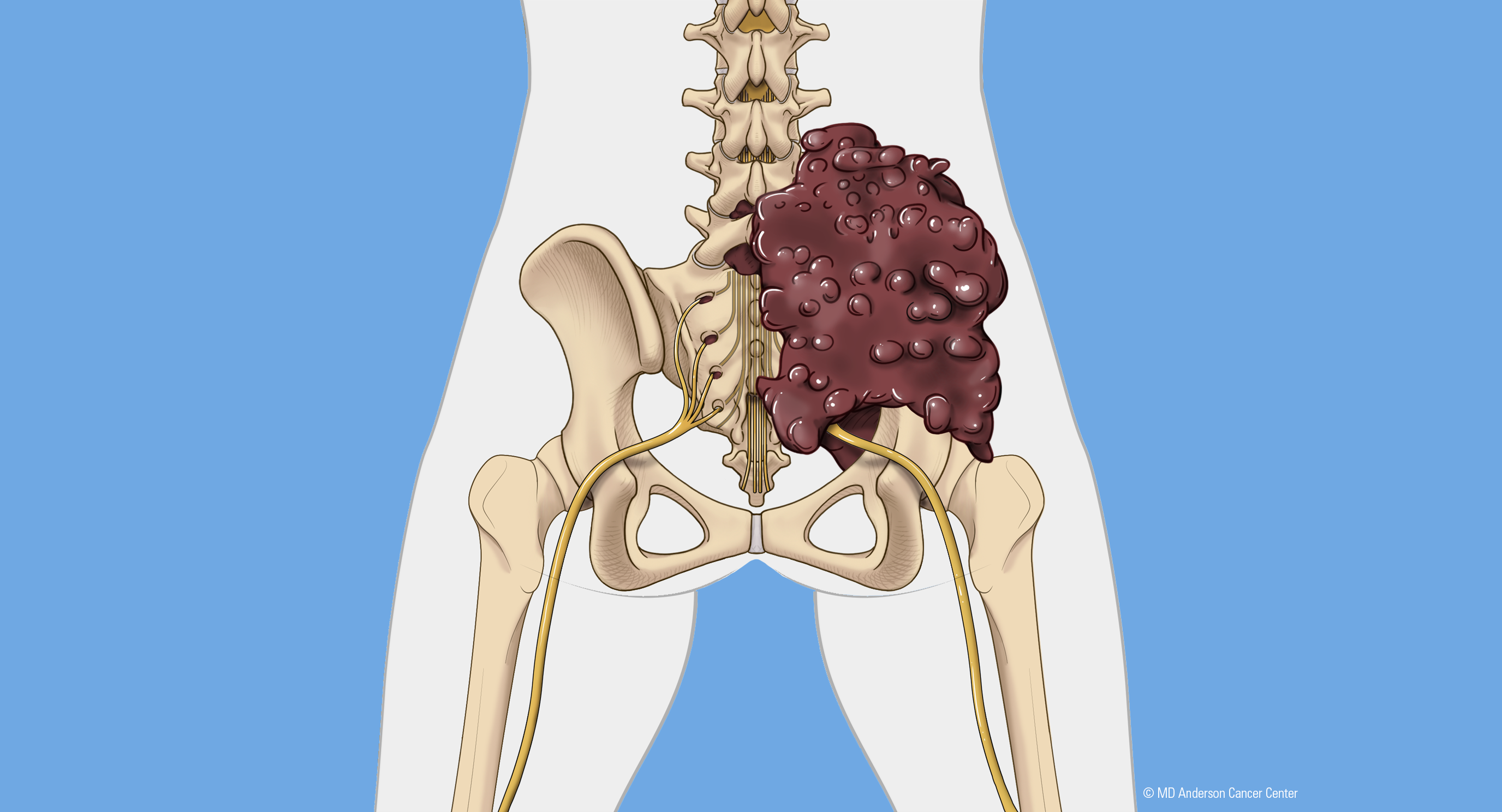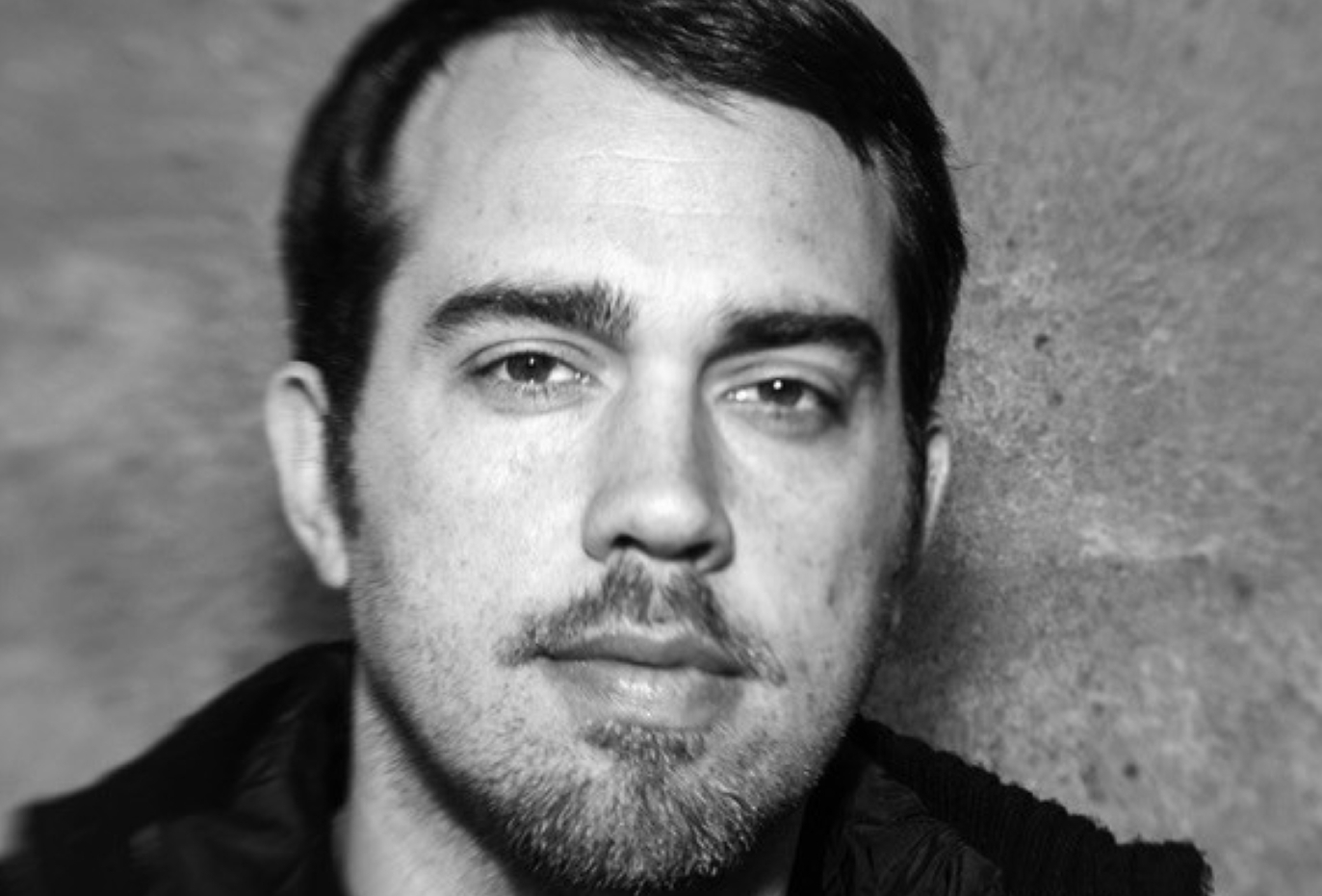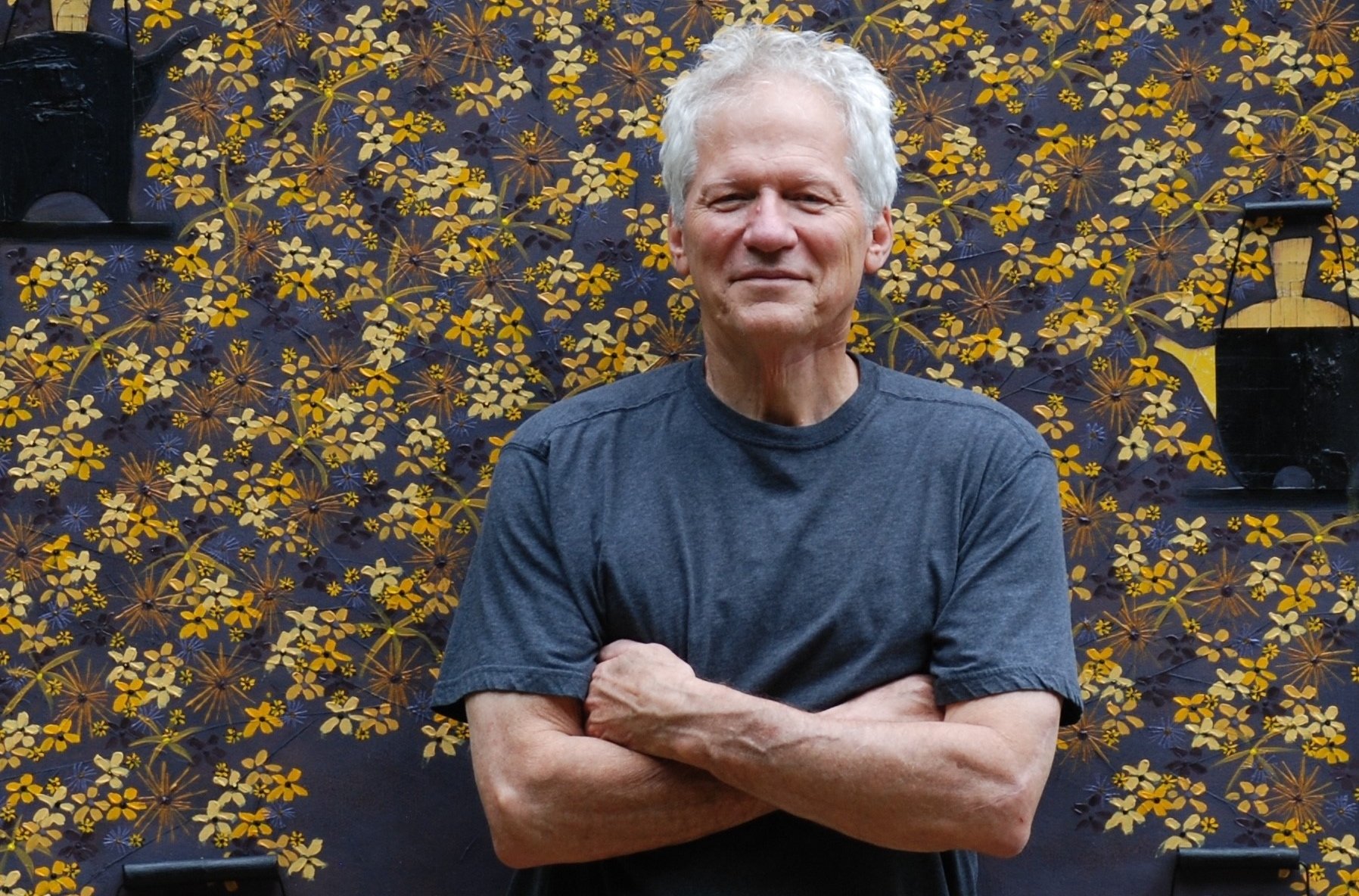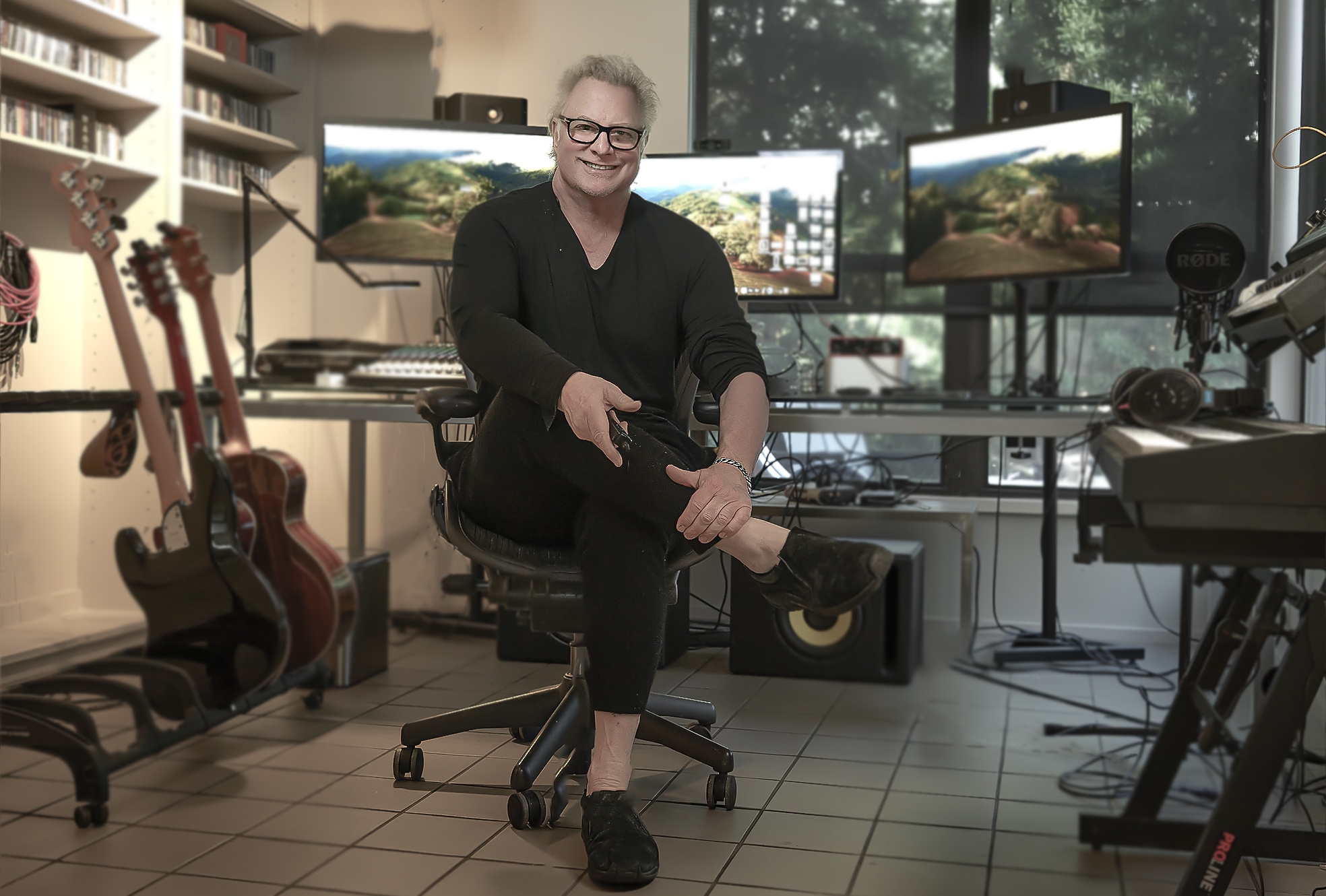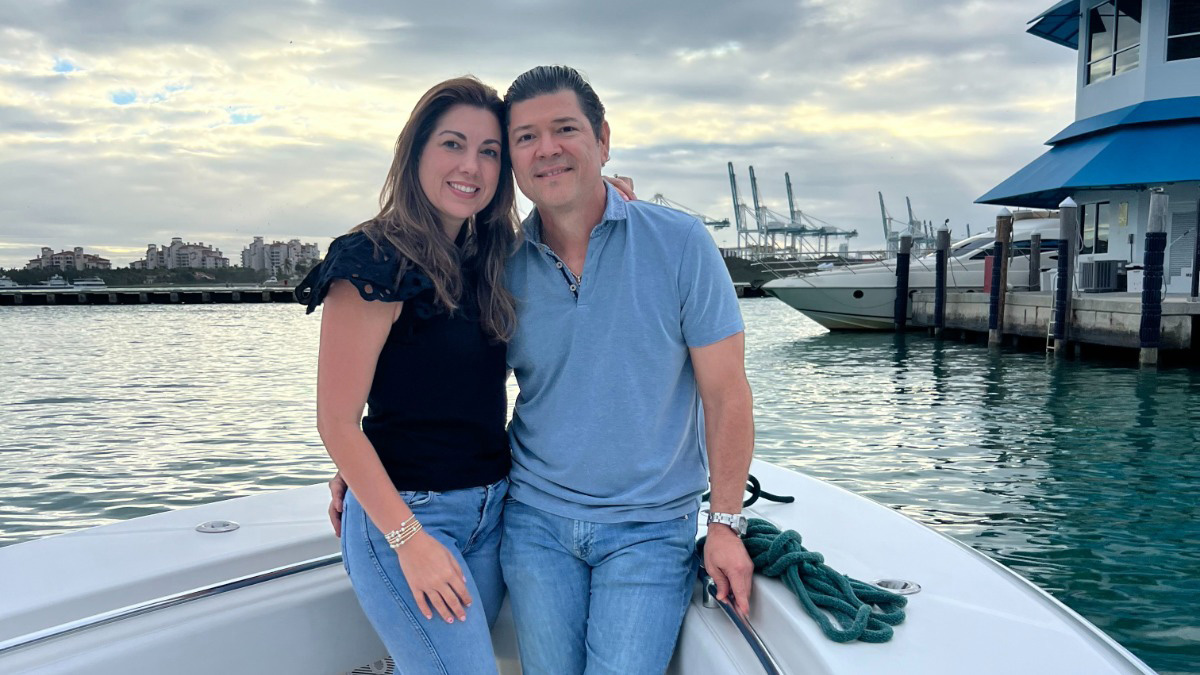- Diseases
- Acoustic Neuroma (14)
- Adrenal Gland Tumor (24)
- Anal Cancer (66)
- Anemia (2)
- Appendix Cancer (16)
- Bile Duct Cancer (28)
- Bladder Cancer (68)
- Brain Metastases (28)
- Brain Tumor (228)
- Breast Cancer (710)
- Breast Implant-Associated Anaplastic Large Cell Lymphoma (2)
- Cancer of Unknown Primary (4)
- Carcinoid Tumor (8)
- Cervical Cancer (154)
- Colon Cancer (164)
- Colorectal Cancer (110)
- Endocrine Tumor (4)
- Esophageal Cancer (42)
- Eye Cancer (36)
- Fallopian Tube Cancer (6)
- Germ Cell Tumor (4)
- Gestational Trophoblastic Disease (2)
- Head and Neck Cancer (4)
- Kidney Cancer (124)
- Leukemia (344)
- Liver Cancer (50)
- Lung Cancer (288)
- Lymphoma (284)
- Mesothelioma (14)
- Metastasis (30)
- Multiple Myeloma (98)
- Myelodysplastic Syndrome (60)
- Myeloproliferative Neoplasm (4)
- Neuroendocrine Tumors (16)
- Oral Cancer (98)
- Ovarian Cancer (172)
- Pancreatic Cancer (166)
- Parathyroid Disease (2)
- Penile Cancer (14)
- Pituitary Tumor (6)
- Prostate Cancer (144)
- Rectal Cancer (58)
- Renal Medullary Carcinoma (6)
- Salivary Gland Cancer (14)
- Sarcoma (234)
- Skin Cancer (294)
- Skull Base Tumors (54)
- Spinal Tumor (12)
- Stomach Cancer (60)
- Testicular Cancer (28)
- Throat Cancer (90)
- Thymoma (6)
- Thyroid Cancer (98)
- Tonsil Cancer (30)
- Uterine Cancer (78)
- Vaginal Cancer (14)
- Vulvar Cancer (18)
- Cancer Topic
- Adolescent and Young Adult Cancer Issues (20)
- Advance Care Planning (10)
- Biostatistics (2)
- Blood Donation (18)
- Bone Health (8)
- COVID-19 (362)
- Cancer Recurrence (120)
- Childhood Cancer Issues (120)
- Clinical Trials (620)
- Complementary Integrative Medicine (22)
- Cytogenetics (2)
- DNA Methylation (4)
- Diagnosis (224)
- Epigenetics (6)
- Fertility (62)
- Follow-up Guidelines (2)
- Health Disparities (14)
- Hereditary Cancer Syndromes (122)
- Immunology (18)
- Li-Fraumeni Syndrome (8)
- Mental Health (116)
- Molecular Diagnostics (8)
- Pain Management (64)
- Palliative Care (8)
- Pathology (10)
- Physical Therapy (18)
- Pregnancy (18)
- Prevention (878)
- Research (384)
- Second Opinion (74)
- Sexuality (16)
- Side Effects (596)
- Sleep Disorders (10)
- Stem Cell Transplantation Cellular Therapy (216)
- Support (404)
- Survivorship (324)
- Symptoms (182)
- Treatment (1762)
My chondrosarcoma journey: It takes a team
BY Andy Austin
4 minute read | Published February 03, 2016
Medically Reviewed | Last reviewed by an MD Anderson Cancer Center medical professional on February 03, 2016
Around April 2015, I started to experience mild headaches. They weren’t unmanageable, but they kept lingering. At the time, I didn’t think much of it, but one day around the middle of June, I noticed my tongue felt numb and weak. That was more concerning than the headaches alone, so I went to my primary care physician who ordered an MRI.
The scan revealed a cancerous mass around the base of my skull involving the carotid artery and multiple nerves. I had stage III conventional chondrosarcoma. Shock, disbelief, confusion and desperation flooded my system. Needless to say, my family and I were extremely worried.
Finding the skull base tumor experts
My sister, Angela, is a registered nurse with 30 years of experience. She knew right away what steps to take to get me the best care possible. We didn’t want to take any risks with the tumor being so close to my brainstem, key nerves and areas that control major functions, such as hearing, taste and sight. Our research showed that MD Anderson had the best doctors and results for my type of cancer, so that’s where we went.
Our first consult was with Franco DeMonte, M.D., a neurosurgeon who specializes in skull base tumors. After our meeting, he recommended Shaan Raza, M.D., another member of MD Anderson’s Skull Base Tumor Program, for my particular case.Dr. Raza immediately put us at ease with his smile and forthright, yet caring manner. He explained that effectively managing my case would require a multidisciplinary approach and a team of experts, including Shirley Su, M.D. Together, they decided the best course of action was to remove the tumor through my nose in a minimally-invasive endoscopic procedure rather than going through the side of my head.
Preparing for brain surgery
Up to that point, my only experience with surgery was having my wisdom teeth removed, so mentally preparing for brain surgery was challenging. You can’t help but think through all the possibilities, but you ultimately have to hope for the best. Along with my wife, sister and parents, I met with Dr. Raza and Dr. Su the day before, and they both were caring, reassuring and matter-of-fact about the procedure. I was ready.
For me, the 14-hour surgery was a breeze. I don’t remember a thing, of course! My wife and family, however, say it was a long and difficult day filled with worry and emotion. Thankfully, they also shared that the staff at MD Anderson did an amazing job keeping them informed, bringing them coffee and reassuring them that all was proceeding as expected.
Afterwards, I was taken to ICU, where Dr. Raza personally came to tell me the surgery was a success. They removed at least 99% of the tumor without injuring any nerves or the carotid artery. My doctors recommended proton therapy as the next step, mostly as a precaution.
As I recovered in the ICU, I faced a great deal of nausea and discomfort. All of the nurses did their best to help me stay ahead of the pain. They quickly had me walking and encouraged me every step of the way, always with a smile.
My proton therapy treatment
After a two-month stay at home, I came back to Houston in October 2015 for proton therapy. After meeting with David Grosshans, M.D., Ph.D, my only fear was how my mobility would be limited during treatments since I don’t like to hold still for long periods. But with the help of the staff at the Proton Therapy Center, I made it through the prescribed two months of proton therapy.
Of all the possible side effects of treatment, I’ve only dealt with hearing loss, which Paul Gidley, M.D., has helped improve by putting tubes in my ears.
Starting 2016 cancer-free
I cannot say enough about my experience at MD Anderson. Everyone -- from the folks in administration to the nursing staff, fellows, physical therapists, anesthesiologists and doctors -- have been incredibly caring and professional. I honestly believe that I had the possible best care anyone faced with the cancer could have.
During the first week of January 2016, I went back to MD Anderson for a follow-up MRI. That’s when I got to hear my first results since finishing treatment: I’m cancer-free. What a way to start the New Year.
Related Cancerwise Stories

I had the best possible care anyone could.
Andy Austin
Survivor

